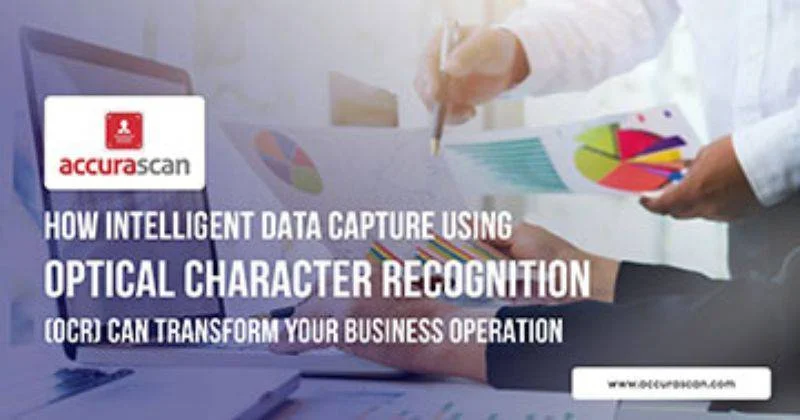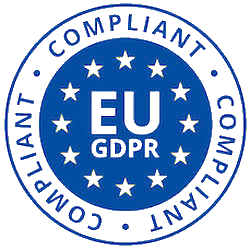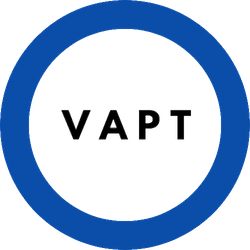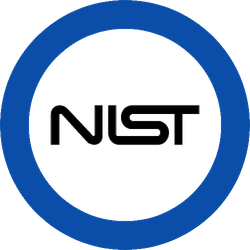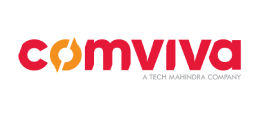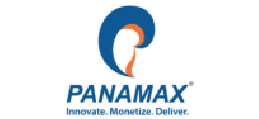On the off chance that you have ever gone through hours angrily looking for a file, words or other data in an assortment of archives? Have you ever regretted not classifying the data repository later and heaped a pile of files, information which is not sorted and clean? Well, then you have lost out in information classification.
Information classification is the way toward arranging information into sorted data that makes it difficult to recover, sort and store for some time later. A well-arranged information characterization framework makes basic information simple to discover and recover. But how is this possible?
If you are looking to capture a certain information from an image into the system speedily, then OCR can be a great companion. The capacity to utilize a PDF peruser, or other substance the executives’ material can be a huge help! You take any industry, may it be legal, travel, banking, financial, or for the greater part of us in business, we are continually searching for approaches to streamline procedures and increase efficiency. OCR can be an apt solution as far as data capture, classification and assortment are concerned.
So, first things first! let us understand what is Optical Character Recognition (OCR)?
Optical Character Recognition (OCR) is a modern innovative digital solution for digitizing information extraction from printed or composed content from a filtered report or picture document and thereafter changing over the content into a machine-coherent structure to be utilized for information handlings like searching or editing.
OCR solutions enhance information accessibility for users
Typical utilization of OCR is a digitized transformation of a picture-based PDF, TIFF or JPG into a book-based machine-clear document. OCR-prepared computerized records, for example, receipts, contracts, solicitations, budget summaries and that’s just the beginning, can be:
- Scanned through from huge database to locate the right report
- Observed, with searchability inside each archive
- Altered, when amendments should be made
- Repurposed, with extricated content sent to different frameworks
How automated OCR for data entry transforms entire business operations and workflows?
Organizations that utilize OCR to change over pictures and PDFs (regularly starting as examined paper archives) spare time and assets that would somehow, or another be important to oversee unsearchable information. Once moved, OCR-handled literary data can be utilized by organizations all the more effectively and rapidly.
The advantages of an OCR solution for organizations are startling and here are some of the key benefits listed below include;
- Removal of manual information entry.
- Savings of Resources and their time.
- Process more information quicker and with fewer resources.
- Reduction of errors.
- Reallocation of physical extra room.
- Lastly, Increased efficiency and improved profitability.
The worth of Data Classification
OCR usefulness is not only restricted to the capacity to remove machine-printed content and is just a single part of an information capture mechanism. Information can be separated from archives in various configurations such as standardized identifications, and so on and that’s what we call as Data classification on a real time basis.
A powerful data classification process is significant in light of the fact that it can assist businesses in deciding the suitable degrees of control to keep up the classification and trustworthiness of their information.
Accura Scan, a pioneer in OCR & AI Based scanning technology is a perfect solution for the business looking to embark on OCR journey. At Accura Technolabs, it is our mission to replace the manual data capture. You can check out more information about us here https://accurascan.com/download

